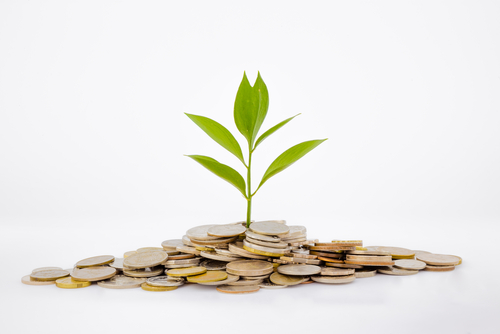Offset Air Travel
If you need to fly, consider purchasing carbon offsets to lower your impact. This is a great way to make a difference until we find an alternative fuel for air travel!
Your Impact
Action Steps & Tips
Introduction

Many bright minds are working on creating safe, carbon free air travel options. Until then, the best choice is to reduce our air travel. However, if you need to fly, carbon offsets are a way to balance out your impact. Carbon offsets are small contributions to projects that lower climate pollution (carbon dioxide emissions) like installing solar panels or planting trees.
Contribute to a project and receive credit for a certain amount of climate pollution reduced. It doesn’t cost much and helps to offset your impact when air travel is an important part of your plans.
Offsetting air travel:
-
Is a great option to reduce climate and air pollution if you need to fly
-
Is low cost: about the same as a movie ticket for the average flight
-
Funds important projects that help to reduce climate pollution.
1Before you buy - what to know about carbon offsets
How carbon offsets work. You pay a small amount of money to support projects that reduce climate pollution, like planting trees or installing solar panels. You can pay for a specific amount of reductions to match your air travel impact. Offset programs (the good ones) are certified and guarantee that your contribution will result in emissions reductions.
Cost. Offsets are not expensive! A typical round trip 4-hour flight from Chicago to San Francisco produces about 3,000 lbs of carbon dioxide emissions. Offsets for this flight are only about $15 from Terrapass. That’s about the same as the cost of going to the movies.
Pros and cons of offsets. Offsets are helpful for emissions we can’t avoid, like air travel, where we don’t have an option currently. However, because offsets are relatively easy to buy, sometimes folks think, "Why can’t I just offset my gas powered-car or other climate pollution sources?" It sounds good, and technically you could, but it will not solve the problem.
To stop climate change and protect our future, we must stop using fossil fuels. This means transitioning our electricity, cars and home energy use to clean carbon-free sources of power like solar and wind. If everyone just tries to buy carbon offsets, rather than making these important changes, we will not get there.
2Tips on offsets
Choose the right program. Many carbon offset programs are careful to make sure that your money goes to actual carbon emissions reductions. However, some programs don’t follow best practices and it is hard to know if you are really paying for reductions. It is difficult to check this out on your own. The best way to ensure quality is to choose a well-known, certified program, like Terrapass. If you want to learn more about carbon offsets, check out Green-e.
Carbon offsets fund many types of projects, from building wind turbines and capturing methane from landfills to planting trees and restoring forests.
Additional tips to lower your impact when you fly:
Combine trips. Need to go on a business trip somewhere close to family or a place you’ve always wanted to see? You could plan business and pleasure into one trip, saving a flight.
Fly non-stop. Take-offs and landings use a lot of fuel compared to flying at the cruising altitude. Fly non-stop when possible to reduce emissions.
Also, until we have more climate friendly air travel options, consider flying less! Learn more on our Reduce Air Travel action.

